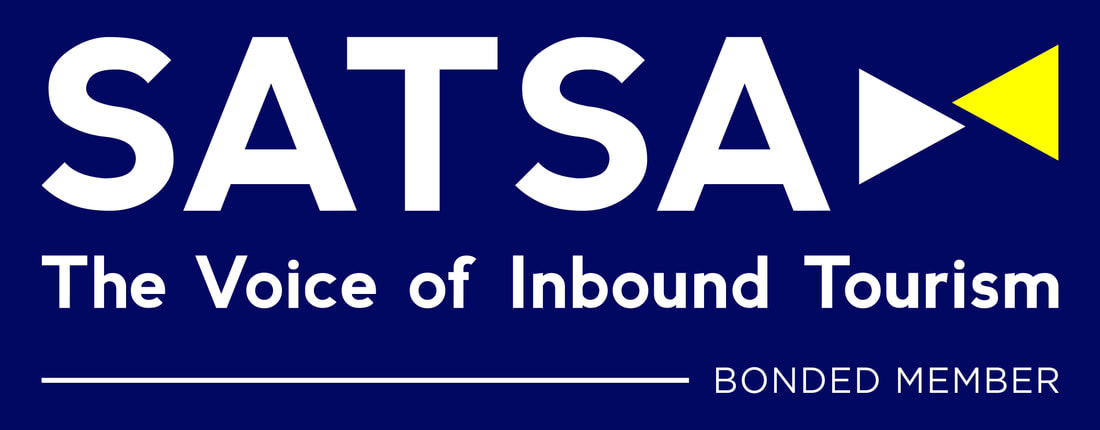A carbon neutral national park generates no greenhouse gas emissions from its own operations, those of its partners and concessionaires. Inspired by efforts to achieve carbon neutral national parks from operations in the USA and UK, this Zambian initiative aims to show Zambian private sector tourism leadership, and their solidarity with those calling for global climate action.
ourism is the world’s largest service sector industry, so it is only fitting that powerful examples of tourism operators taking responsibility for the emissions they directly generate begin to emerge. Given that tourism energy, fuel and food production needs are significant, this announcement shows how this sector can become a force for change if more operators worldwide take incremental steps to reduce the emissions tourism activities generate.
In Lower Zambezi National Park (NP), every single tourism concessionaire based in the NP participated in this initiative. Even lodges based on the outskirts of the park, funded the carbon neutrality of all the conservation management operations generated by ZAWA and CLZ in 2015. In addition, the operators offset the emissions of tourism lodge concessions in the National Park for the 2015 calendar year. Operators went the further step of offsetting their head offices in Lusaka, Zambia’s Capital. Private sector operators voluntarily funded this milestone from their own internal revenues despite the fact that tourism suffered from a significant downturn in Zambia, and in other parts of Africa in 2015. A number of participating lodges are also investing heavily in renewables and purchased Verified Carbon Units (VCUs) from the Lower Zambezi REDD+ Project to offset their unavoidable emissions associated with lodge, office and Park operations. Tourism operators purchased REDD+ VCUs at a premium above average price sending a statement to the global market that REDD+ VCUs are valuable due to their multiple co-benefits, including biodiversity and poverty reduction.
This achievement illustrates the Zambian tourism sector’s commitment to going the extra mile to influence the global tourism market by taking carbon-conscious tourism sustainability practices seriously. These small tourism businesses have created an example for how global businesses in any sector can help build a market for emissions reductions projects that conserve forests and support community livelihoods. This effort shows that climate responsibility and initiative can begin at any level.
The methodology used for carbon neutrality assessment followed that prescribed by international organizations. The method employed an assessment of 2015 emissions from lodges, head offices, staff travel, and even food production emissions for all client and staff meals. Certain activities causing emissions were then avoided. For example, some lodges converted to using sustainably produced eco-charcoal (www.eco-charcoal.com). Lodges also worked to improve energy efficiency, for example, solar power investments which reduced generator use. After this, the remaining emissions from lodges, conservation operations (ZAWA and CLZ patrolling, cooking fuel and camp emissions) and fuel use in the park were offset using VCUs from the Lower Zambezi REDD+ Project (supported by the USAID funded CFP). Each year, the operators’ carbon footprint will be assessed for intended onward continuation of this carbon neutrality and improvement of the emissions reduction strategy. In 2015, operators committed to the ‘Copper’ level of neutrality which covers lodge, office and park conservation operations emissions. Silver and gold levels include airline flight emissions (domestic and pro-rated international), and platinum includes offsetting all airline emissions even if a tourist to Zambia visits destinations which are not linked to Lower Zambezi NP. The aim is to strengthen the scheme over time and provide lodges and clients with a pathway to achieving higher levels of emissions reductions not generated in the park, but related to travel to the park. Mr. Grant Cummings of Chiawa and Old Mondoro Camps, whose camps were the first to participate in this pioneering effort, stated that: “The Lower Zambezi National Park is a world class tourism and conservation product. The operators are truly committed to this area, and to going the extra mile to run responsible, and sustainable products that contribute to Zambia’s position of offering some of the most fantastic and unique tourism experiences in Africa.”
Thirteen lodges participated in this effort, of which six lodges are located in the park: Chiawa Camp, Old Mondoro Bush Camp, Anabezi Camp, Mwambashi River Lodge, Sausage Tree and Potato Bush Camp. Impressively, lodges in the adjacent Chiawa Game Management Area, such as Chongwe River Camp, Chongwe River House, Kasaka Lodge, and Tsika Island, Baines River Camp, Kanyemba Lodge, and Royal Zambezi Lodge partnered in the effort, even though some are not directly dependent on the park on a commercial basis. This further highlights the emissions reductions and conservation commitment of these operators.
Mr. Kampamba Kombe, the Acting Director General at ZAWA, added: “This innovative achievement not only supports conservation and poverty reduction activities around the Lower Zambezi National Park, but also aims to promote Lower Zambezi National Park as a world class wildlife tourism destination”.
The Lower Zambezi REDD+ Project is independently verified to the Verified Carbon Standard (VCS) and validated to the Climate, Community & Biodiversity (CCB) Standards. The project is the first in Africa to have achieved triple gold validation to the CCB Standards for being designed to deliver exceptional benefits to community, biodiversity and climate change. The funds raised by the REDD+ project are reinvested into conservation security; land management (fire management, anti-poaching roads, infrastructure, communications); carbon accounting, intensive community based livelihood projects, and support to ZAWA and the Forestry Department. According to Mr. Ian Stevenson, CEO of CLZ: “Since the project’s inception, BCP has enhanced conservation management in the vulnerable northern boundary area of the Park, where a significant amount of threat to the park emanates from, working jointly with ZAWA, CLZ and other partners.”
 RSS Feed
RSS Feed
